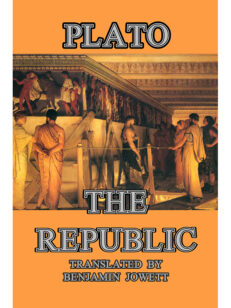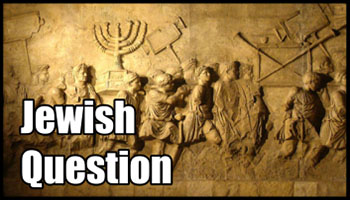Description
Translated by Samuel Butler. The Iliad, written more than 2.500 years ago, remains one of the classics of Western literature. It originally appeared in poem format, written in the rhythmic dactylic hexameter format, and tells the story of the ten year siege of the city of Troy during the Trojan War.
By way of flashbacks and background setting, the work is the main source of many great legends of Greek mythology, including the cause of the war (the lover Paris and his stolen bride, the half-goddess Helen of Troy), the epic battle between the half-god warrior Achilles and the Trojan hero Hector following the death of Patroclus, the sack of Troy, and, of course, the death of Achilles through his one vulnerable spot—his heel.
Other famous characters who appear in this epic work include Agamemnon, the King of Mycenae and leader of the Greeks; Odysseus, King of Ithaca; the warrior Ajax, Menelaus, King of Sparta, husband of Helen and brother of Agamemnon; Nestor, King of Pylos, and trusted advisor to Agamemnon; Priam, King of Troy; and Hecuba, Priam’s wife. Numerous gods and goddesses also make their appearance, interfering in the events as their favorites engage each other in battle.
The Iliad was regarded as a cultural treasure in the time of Classical Greece and its importance did not diminish with time. The Renaissance allowed its appearance in Western Europe and it has remained an important part of European culture and heritage for nearly three millennia.
This version has been completely reset using the classic English translation which converted the poetry to conventional text.
About the author: Almost nothing is known about the poet Homer, in spite of the endurance and power of his works. According to Herodotus, the allegedly blind poet Homer lived around the year 850 BC but noting is known of where he lived, where he died or if he even actually ever or if his name was just a generic Nome de Plume used by a number of unknown writers. Nearly half of all identifiable Greek literary papyrus finds are attributed to Homer.
Samuel Butler (1835–1902) was a Victorian-era English author who won fame not only for his translations of the Iliad and the Odyssey, but for a number of original works dealing with utopian topics and an intensive study of the identity of Homer, who he believed to have been a woman living in Sicily.
304 pages. Paperback.



























